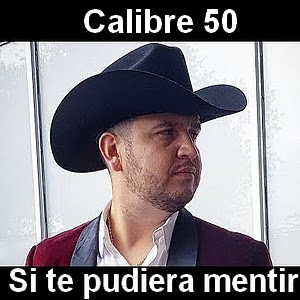

Aguilar also recorded tamborazo, similar to banda, that originated in Aguilar’s native Zacatecas, Mexico. Lucha Reyes, Jorge Negrete, Pedro Infante, Javier Solis, José Alfredo Jiménez, Lucha Villa and Chavela Vargas all belted out anthemic songs, often accompanied by a mariachi, such as “Ay Jalisco, No te Rajes,” “México Lindo y Querido,” “Camino de Guanajuato” and “Amorcito Corazón.”īy the early 1970s to the 1980s, we were introduced to a new wave of artists, such as Vicente Fernández and Antonio Aguilar, who carried on the legacy of dramatic mariachi music.

Such is the case of corridos tumbados, or trap corridos, a new regional Mexican subgenre ushered by chart-topping artist Natanael Cano, who cites the late sierreño singer Ariel Camacho and Anuel AA as the artists who have inspired him throughout his young, yet fruitful, career.īut let’s go way back in time - to the 1940s to 1960s, to be exact - when bolero rancheras were the soundtrack to Mexico’s Golden Age of Cinema. Chart With 'Unholy'ĥ Seconds of Summer Blast to No. Lindsey Buckingham Scraps Europe Tour Due to 'Health Issues' Influenced by European sounds such as polka and folk music as a result of the fusion of indigenous, Spanish and African musical elements, today’s regional Mexican music carries the genre’s historical roots melded with contemporary sounds. The different sounds and styles of regional Mexican music is reflective of Mexico’s rich and diverse culture. Each of these subgenres are also representative of different regions of Mexico. The regional Mexican genre is comprised of multiple subgenres including mariachi, norteño, banda, quebradita, duranguense, grupero, tejano and corridos tumbados, to name a few.


 0 kommentar(er)
0 kommentar(er)
